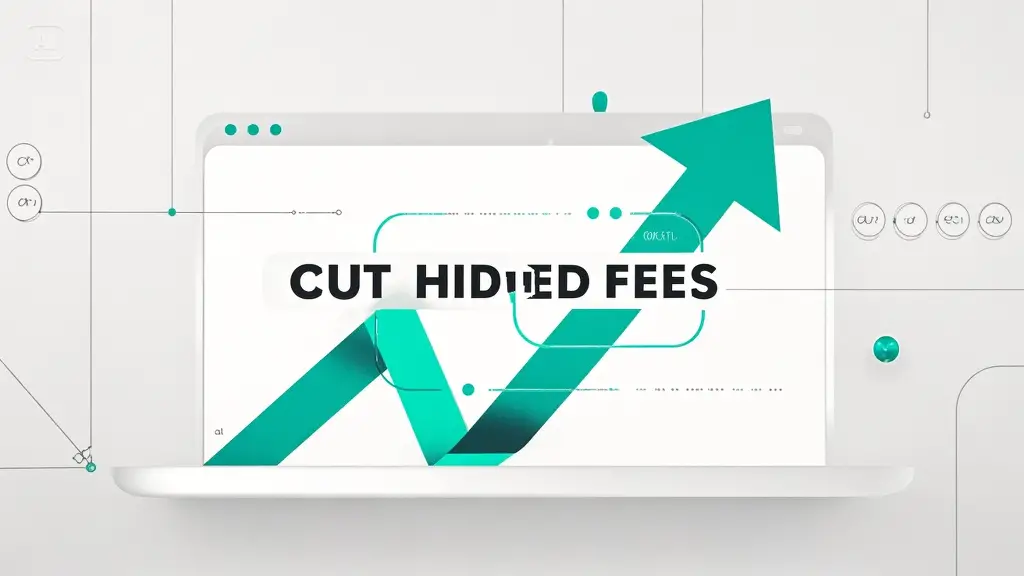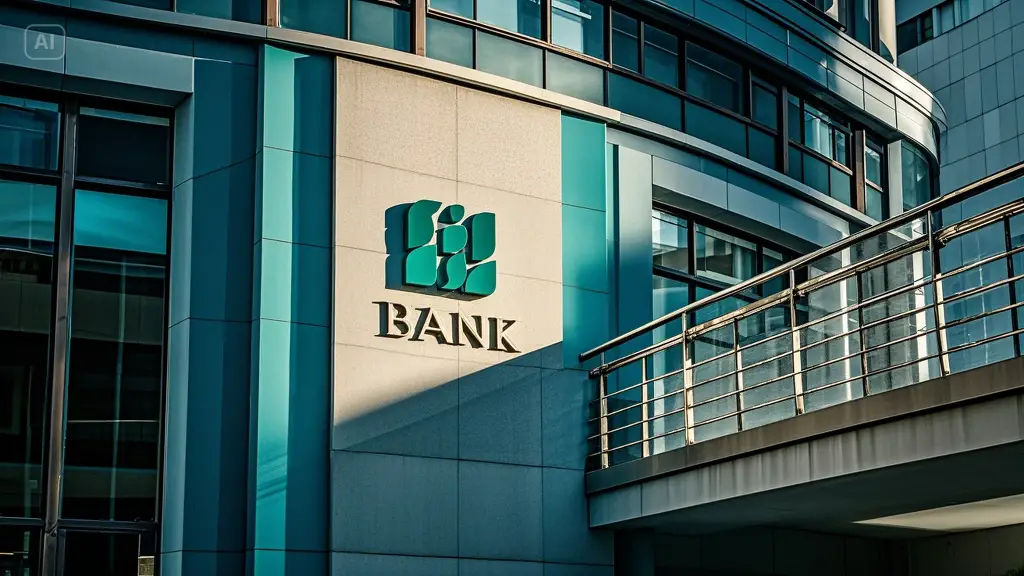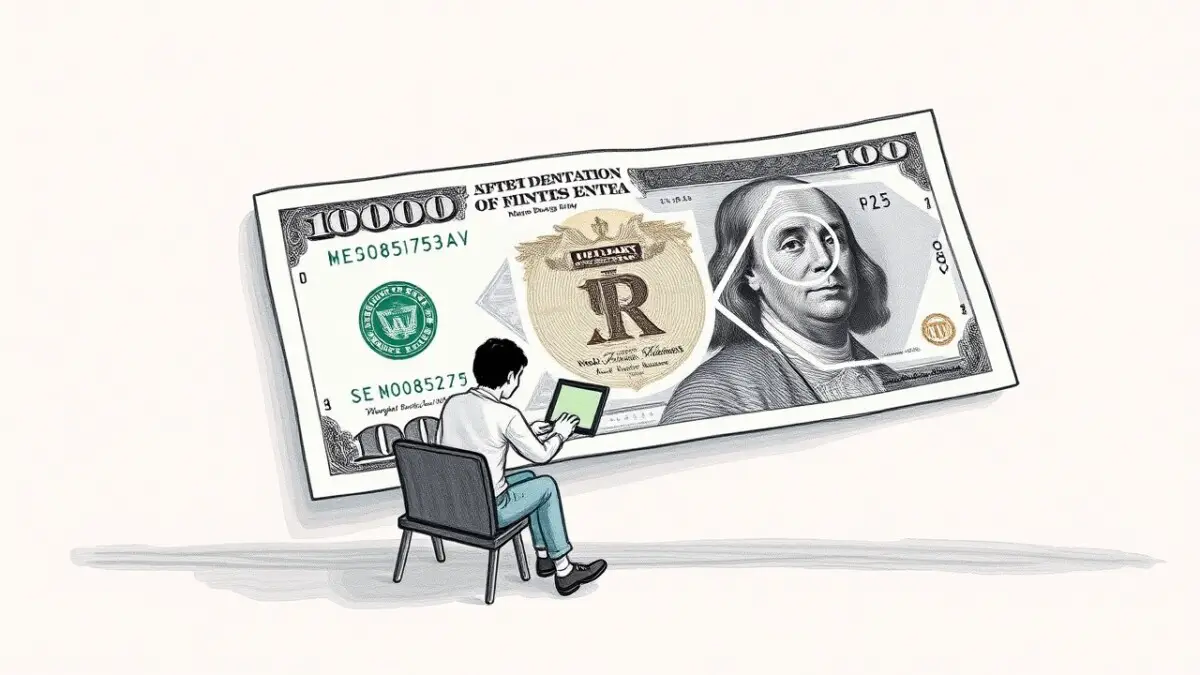Secret to Saving Big!, When it comes to managing your money, banks often position themselves as your trusted financial partner, offering convenience, security, and an array of services to suit your needs. However, the glossy marketing campaigns and attractive promotional offers conceal a profit-maximizing system, often at your expense. From hidden fees on accounts to low interest rates on savings, the fine print frequently works against you, quietly eroding your wealth over time.
One of the most significant challenges with traditional banking is the prevalence of fees, ranging from monthly account maintenance charges to overdraft penalties. Many of these fees are easily avoidable, but banks rely on customers overlooking them. For instance, keeping an unnecessarily high balance to avoid maintenance fees may prevent you from using that money more effectively elsewhere, such as investing. Similarly, interest rates on traditional savings accounts are notoriously low, often failing to keep pace with inflation, which means your hard-earned money is losing value over time.
The positive news is that you don’t have to rely solely on banks to manage and grow your wealth. Alternatives like high-yield online savings accounts, peer-to-peer lending platforms, and robo-advisors for investing offer cost-effective solutions with better returns. Additionally, budgeting apps and financial tools can help you track spending, eliminate unnecessary expenses, and optimize your savings strategy. By exploring these options, you take control of your financial future instead of leaving it entirely in the hands of institutions with their own profit-driven motives.
Banks can still play a role in your financial journey, but understanding their limitations—and knowing when to look beyond them—is key to maximizing your wealth. Armed with the right knowledge and tools, you can minimize fees, grow your savings, and achieve financial freedom on your own terms.

1. High-Interest Savings Alternatives
When you consider inflation, most traditional savings accounts offer frustratingly low interest rates, often below 1%, meaning your money barely grows over time. While these accounts may feel like a “safe” place to store your funds, the reality is that they don’t do much to help you build wealth or even maintain the purchasing power of your savings.
A smarter alternative is to consider high-yield online savings accounts or credit unions. Unlike traditional banks, which prioritize profits and overhead costs, these institutions often provide significantly higher interest rates—sometimes 10 to 15 times more than the average. For example, if your traditional savings account offers a meager 0.01% interest rate, switching to a high-yield account with a 1.5% or 2% annual percentage yield (APY) could drastically increase your earnings over time. This means your money can grow faster, all while remaining secure and accessible.
Additionally, high-yield savings accounts and credit unions typically come with minimal fees, no monthly charges, and user-friendly online platforms. The FDIC or NCUA insures these accounts, protecting your deposits up to $250,000. By making this simple switch, you’re not only ensuring financial safety but also giving your money the opportunity to work harder for you with virtually no added risk.

2. Cut Hidden Fees
Banks generate billions of dollars annually through fees that many customers unknowingly or reluctantly pay. These charges, including overdraft fees, monthly maintenance fees, and ATM usage fees, may seem small individually but add up significantly over time. The positive news is that you can avoid many of these costs by taking proactive steps to manage your finances and make smarter banking choices.
One effective strategy is to switch to a no-fee bank or an online bank that eliminates maintenance fees, offers free ATM withdrawals, and doesn’t charge overdraft penalties. Many financial institutions now compete for customers by providing fee-free accounts, so researching your options can lead to considerable savings. If you’re loyal to your current bank, don’t hesitate to negotiate. Most banks are surprisingly open to waiving fees, especially if you have a favorable track record or threaten to switch to a competitor. Simply asking for a refund on a one-time fee can often yield results.
Additionally, technology can simplify tracking and eliminating fees. Apps like Mint and Truebill analyze your spending, alert you to unnecessary fees, and even negotiate refunds on your behalf. By taking these steps, you can keep more of your hard-earned money and avoid contributing to the banking industry’s lucrative fee revenue.

3. Leverage cashback and reward programs.
Credit cards with cashback and rewards programs are some of the most enticing financial tools available, often marketed as ways to earn while you spend. However, what banks rarely emphasize is how a strategic approach to using these cards can save you hundreds—or even thousands—of dollars each year. The key lies in understanding how to use these programs effectively while avoiding the pitfalls that come with credit card debt.
The first and most important rule is to pay off your balance in full each month. By doing so, you avoid costly interest charges, which can quickly erode any rewards you earn. Credit card interest rates are notoriously high, often exceeding 20%, so carrying a balance can turn your financial strategy into a costly mistake.
Next, choose credit cards that align with your spending habits. For example, if you spend heavily on groceries and dining, select a card that offers higher cashback rates in those categories. Similarly, travel rewards cards are beneficial if you frequently fly or book hotels, as they can save you significantly on trips.
By combining disciplined spending with careful selection of credit cards, you can maximize rewards without falling into debt. Over time, this approach can translate into substantial savings, proving that smart credit card use isn’t just about spending—it’s about strategy.
Secret to Saving Big!

4. Say No to Low-Yield CDs
Banks frequently advertise Certificates of Deposit (CDs) as a secure and straightforward way to grow your money. Risk-averse investors find CDs appealing as they guarantee a fixed interest rate for a set period and protect your principal. However, the returns on most CDs tend to hover just above inflation, meaning your money may not grow significantly in real terms. This modest growth might not be enough to achieve long-term financial goals or offset rising costs over time.
For those seeking slightly higher returns without sacrificing stability, Treasury bonds and low-risk exchange-traded funds (ETFs) can be excellent alternatives. Treasury bonds, backed by the U.S. government, offer higher interest rates than many CDs and are considered one of the safest investment options. They also provide the flexibility of longer maturities, which can lock in favorable rates for extended periods.
Low-risk ETFs, on the other hand, allow investors to diversify across a range of bonds or dividend-paying stocks. Designed to deliver steady returns while minimizing risk, these funds are a suitable option for conservative investors. Over time, ETFs often outperform CDs by leveraging the broader market’s stability and growth potential.
By exploring alternatives like Treasury bonds or low-risk ETFs, you can strike a better balance between safety and higher returns for your investments.

5. Take advantage of employer-sponsored accounts.
Banks won’t remind you that taking full advantage of employer-sponsored retirement accounts, such as a 401(k) or a Health Savings Account (HSA), is one of the smartest financial moves you can make. These accounts are powerful tools that not only help you save for the future but also offer substantial tax benefits that can accelerate your wealth-building efforts.
With a 401(k), you can contribute pre-tax income, reducing your taxable income for the year. Some employers even provide matching contributions, effectively adding free money to your retirement fund. Over time, the compound growth of these contributions can significantly increase your savings. Furthermore, the funds grow tax-deferred, meaning you won’t pay taxes on the earnings until you withdraw them in retirement, when you may be in a lower tax bracket.
HSAs, often overlooked, provide a triple tax advantage: contributions are tax-deductible, growth is tax-free, and withdrawals for qualified medical expenses are also tax-free. These accounts are especially beneficial if you’re enrolled in a high-deductible health plan, as they allow you to save for future healthcare costs while reducing your current tax burden.
Maximizing these accounts isn’t just about saving; it’s about making your money work harder for you. Don’t leave these opportunities on the table!

6. Diversify Your Financial Portfolio
The truth is, banks have a vested interest in keeping you dependent on their services. Whether it’s through loans with high-interest rates or savings accounts with meager returns, banks profit from your reliance on their products. While these services can be useful in certain circumstances, they are far from the only options available for growing your wealth.
The real path to financial freedom involves diversifying your investments beyond traditional banking products. Real estate, for example, has long been a reliable asset class that can provide both capital appreciation and passive income. By investing in rental properties or real estate funds, you can take advantage of the growth in property values and earn consistent rental income.
Peer-to-peer lending is another alternative, where you lend money directly to individuals or small businesses through online platforms, often earning a higher interest rate than traditional bank loans.
Robo-advisors, which use algorithms to manage your investments, also present an accessible and low-cost way to build wealth. These platforms automatically create diversified portfolios tailored to your risk tolerance, often outperforming traditional savings accounts or CDs offered by banks.
By exploring these non-traditional investment options, you open up new possibilities for your financial future, often achieving returns that far exceed what banks can provide.

7. Use technology to your advantage.
Traditional banks have long been the cornerstone of personal finance management, but fintech apps are rapidly reshaping how we handle money. These platforms, including Acorns, YNAB (You Need a Budget), and Robinhood, empower individuals to control their financial futures without relying on the advice or limitations of traditional banking institutions.
Acorns, for example, simplifies investing by rounding up everyday purchases and investing the change in diversified portfolios. This automatic, hands-off approach makes it easier for even those with minimal investing experience to start building wealth. YNAB, on the other hand, focuses on budgeting by helping users allocate every dollar to a specific purpose, fostering better spending habits and a deeper understanding of personal finances. Meanwhile, Robinhood has revolutionized investing with its user-friendly interface and commission-free trades, giving individuals the tools to buy and sell stocks, options, and cryptocurrencies with ease.
These fintech platforms remove the barriers to entry that many traditional banks place on financial services, making it simpler and more accessible for people to manage their money independently. They offer flexibility, transparency, and user empowerment, enabling users to save, invest, and grow their wealth without needing to consult with a bank. As a result, many are turning to these digital alternatives for a more modern approach to financial management.

The Bottom Line
As businesses, banks ultimately aim to generate profit, primarily from the fees, interest rates, and services they impose on their customers. Despite providing convenience, the services they promote often serve their own interests rather than yours. For example, traditional savings accounts often offer minimal interest, while credit cards can bury you in high-interest debt if you’re not careful. These practices may feel like the norm, but they can hold you back from building wealth.
Taking control of your financial future means questioning these traditional banking methods. Look beyond the typical offerings and explore alternatives like credit unions, online savings accounts, and peer-to-peer lending platforms that may provide better rates and fewer fees. Investing in stocks, bonds, or other assets can also grow your money faster than simply letting it sit in a low-interest account.
Breaking free from outdated banking habits requires a shift in mindset. Embrace smarter strategies like budgeting, automation, and debt management. By educating yourself on your options and taking proactive steps, you can save significantly more and make your money work harder for you. Don’t let the banks dictate your financial future—empower yourself with the knowledge and tools to create real financial growth.







Leave a Reply